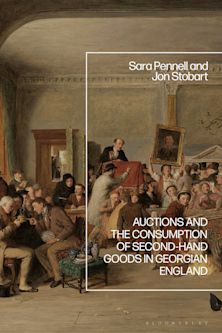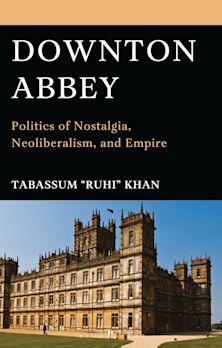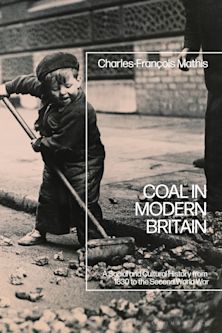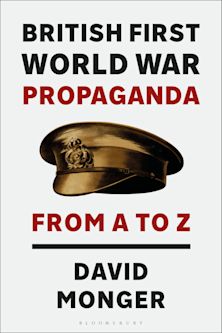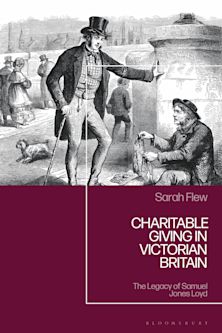Description
What impact did the Church have on society? How did social change affect religious practice? Within the context of these wide-ranging questions, this study offers a fresh interpretation of the relationship between Church, society and religion in England across five centuries of change.
Andrew Brown examines how the teachings of an increasingly 'universal' Church decisively affected the religious life of the laity in medieval England. However, by exploring a broad range of religious phenomena, both orthodox and heretical (including corporate religion and the devotional practices surrounding cults and saints) Brown shows how far lay people continued to shape the Church at a local level.
In the hands of the laity, religious practices proved malleable. Their expression was affected by social context, status and gender, and even influenced by those in authority. Yet, as Brown argues, religion did not function simply as an expression of social power - hierarchy, patriarchy and authority could be both served and undermined by religion. In an age in which social mobility and upheaval, particularly in the wake of the Black Death, had profound effects on religious attitudes and practices, Brown demonstrates that our understanding of late medieval religion should be firmly placed within this context of social change.
Table of Contents
Introduction
Anglo-Saxon Church and Society c.1000
The Universal Church and the Laity c.1050-1500
Saints, Cults and the Holy
Corporate Religion: Structures and Practices
Corporate Religion: Death and the Afterlife
Reforming the 'Inner' Life: Orthodoxy and Heresy
Conclusion
Notes
Further Reading
Index.
Product details

| Published | 14 Mar 2017 |
|---|---|
| Format | Ebook (PDF) |
| Edition | 1st |
| Extent | 253 |
| ISBN | 9781403937391 |
| Imprint | Bloomsbury Academic |
| Series | Social History in Perspective |
| Publisher | Bloomsbury Publishing |

ONLINE RESOURCES
Bloomsbury Collections
This book is available on Bloomsbury Collections where your library has access.




















